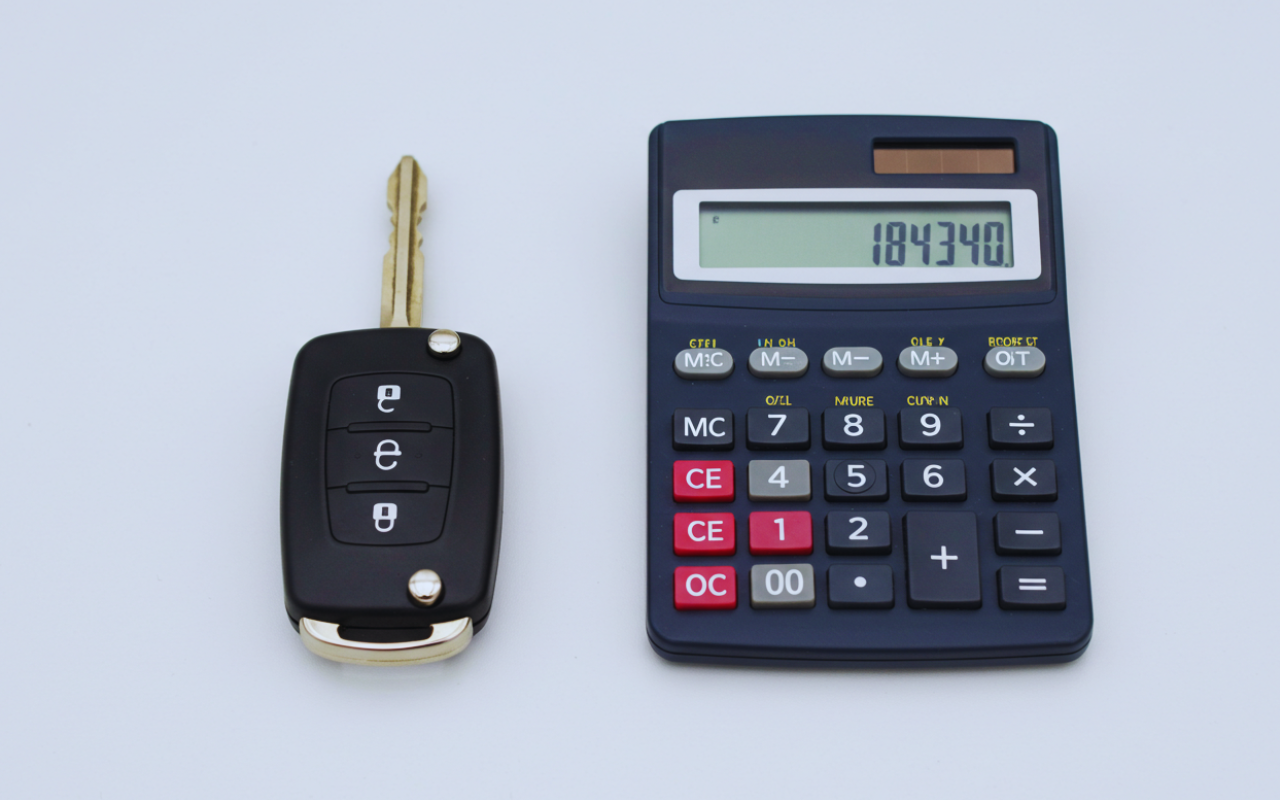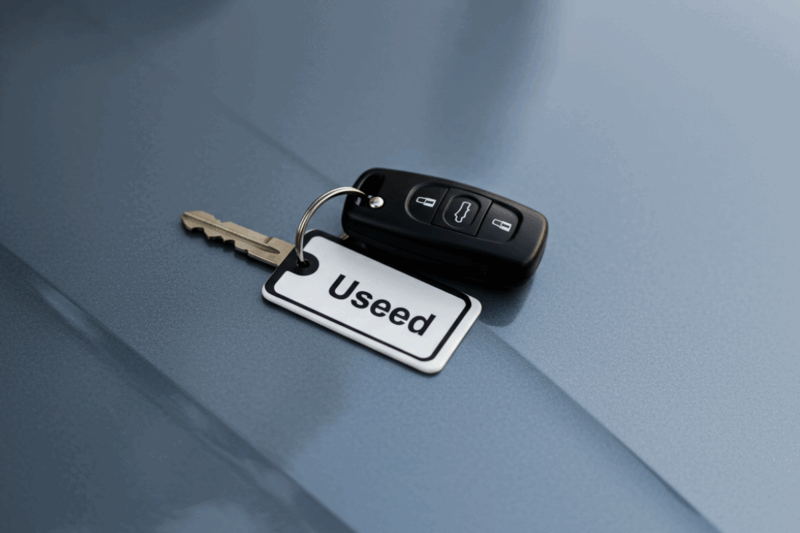Purchasing a used car can be a smart financial decision, but it’s not without its risks. Without proper inspection, you might end up with a vehicle that requires costly repairs or isn’t safe to drive. While professional mechanics can provide a detailed evaluation, not everyone has access to one during the buying process. The good news? You don’t need to be an expert to perform a basic inspection yourself. Here’s a step-by-step guide to help you assess a used car before making your purchase.
![How to Inspect a Used Car Before Buying [Even If You're Not a Mechanic]](https://autoreviewzone.us/wp-content/uploads/2025/07/how-to-inspect-a-used-car-before-buying-even-if-youre-not-a-mechanic-1024x640.png)
[Step 1] Conduct Initial Research
Before you even set foot on the seller’s lot or meet them in person, arm yourself with knowledge. Research the make, model, and year of the car you’re considering. Look into common issues associated with that specific vehicle and its reliability ratings. Websites like Kelley Blue Book or Edmunds can provide valuable insights into the car’s market value, helping you spot overpriced listings.
[Step 2] Inspect the Exterior
➟ The exterior condition of a car can tell you a lot about how well it’s been maintained. Here’s what to look for:
- Paint and Bodywork: Walk around the car and check for scratches, dents, rust, or uneven paint. Mismatched paint may indicate previous repairs, possibly from an accident.
- Tires: Inspect all four tires for wear and tear. Uneven tread wear could signal alignment issues or suspension problems.
- Lights: Check that all headlights, brake lights, and turn signals are working properly. Look for cracks or fogging in the light covers.
- Windows: Ensure the glass is free of chips or cracks, and test whether the windows roll up and down smoothly.
[Step 3] Evaluate the Interior
➟ Once inside the car, pay attention to its condition and functionality:
- Seats and Upholstery: Look for stains, tears, or excessive wear on the seats.
- Dashboard and Controls: Turn on the ignition and test all controls, air conditioning, heating, radio, navigation system, and power windows. Make sure warning lights on the dashboard aren’t illuminated unnecessarily.
- Odor: A musty smell might indicate water damage, while cigarette or pet odors can be difficult to remove.
[Step 4] Check Under the Hood
➟ Even if you’re not mechanically inclined, there are basic checks you can perform under the hood:
- Fluids: Inspect oil, transmission fluid, brake fluid, and coolant levels. Dirty or low fluids may suggest neglect.
- Belts and Hoses: Look for cracks or wear on belts and hoses, these are often signs of aging components.
- Battery: Check for corrosion around the battery terminals and ensure the connections are secure.
[Step 5] Take It for a Test Drive
➟ A test drive is one of the most critical steps in evaluating a used car. Pay attention to the following:
- Engine Performance: Does the engine start smoothly? Listen for unusual noises like knocking or whining.
- Braking: Test the brakes at various speeds to ensure they respond quickly without squealing or grinding.
- Steering and Suspension: The car should handle well and feel stable on turns and bumps. If you notice excessive vibrations or pulling to one side, there may be alignment or suspension issues.
- Transmission: Whether it’s automatic or manual, shifting gears should be smooth and responsive.
[Step 6] Review Documentation
➟ Before finalizing your purchase, ask for all relevant paperwork:
- Title: Ensure the car has a clean title with no liens or salvage history.
- Vehicle History Report: Use services like Carfax or AutoCheck to review accident history, mileage discrepancies, and ownership details.
- Maintenance Records: A well-maintained car will often come with service records showing regular oil changes, inspections, and repairs.
[Step 7] Consider a Professional Inspection
While your personal inspection can uncover many issues, it’s always wise to invest in a professional mechanic’s evaluation, especially if you’re serious about buying the car. A mechanic can identify hidden problems that might not be apparent during your inspection or test drive.
Conclusion
Inspecting a used car doesn’t require advanced expertise, it just takes a keen eye and attention to detail. By following these steps, you’ll minimize your chances of buying a lemon and ensure you’re making a smart investment. Remember, if something feels off during your inspection or test drive, don’t hesitate to walk away. There are plenty of used cars available, so patience is key to finding one that meets your needs and budget.


![[Electric Cars vs Hybrid Cars] Which One Should You Buy?](https://autoreviewzone.us/wp-content/uploads/2025/06/electric-cars-vs-hybrid-cars-which-one-should-you-buy-800x533.png)
